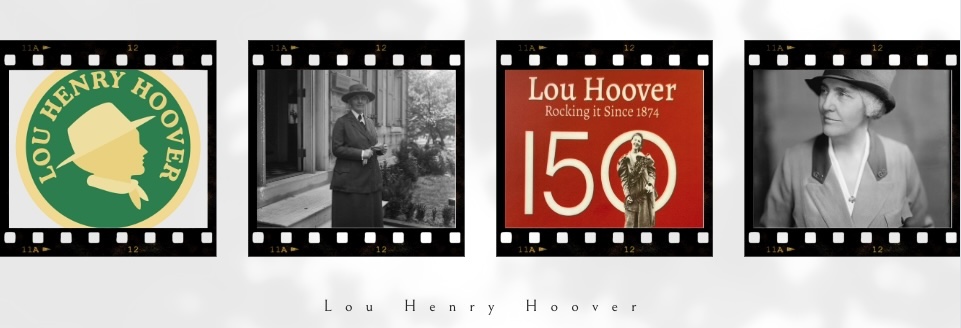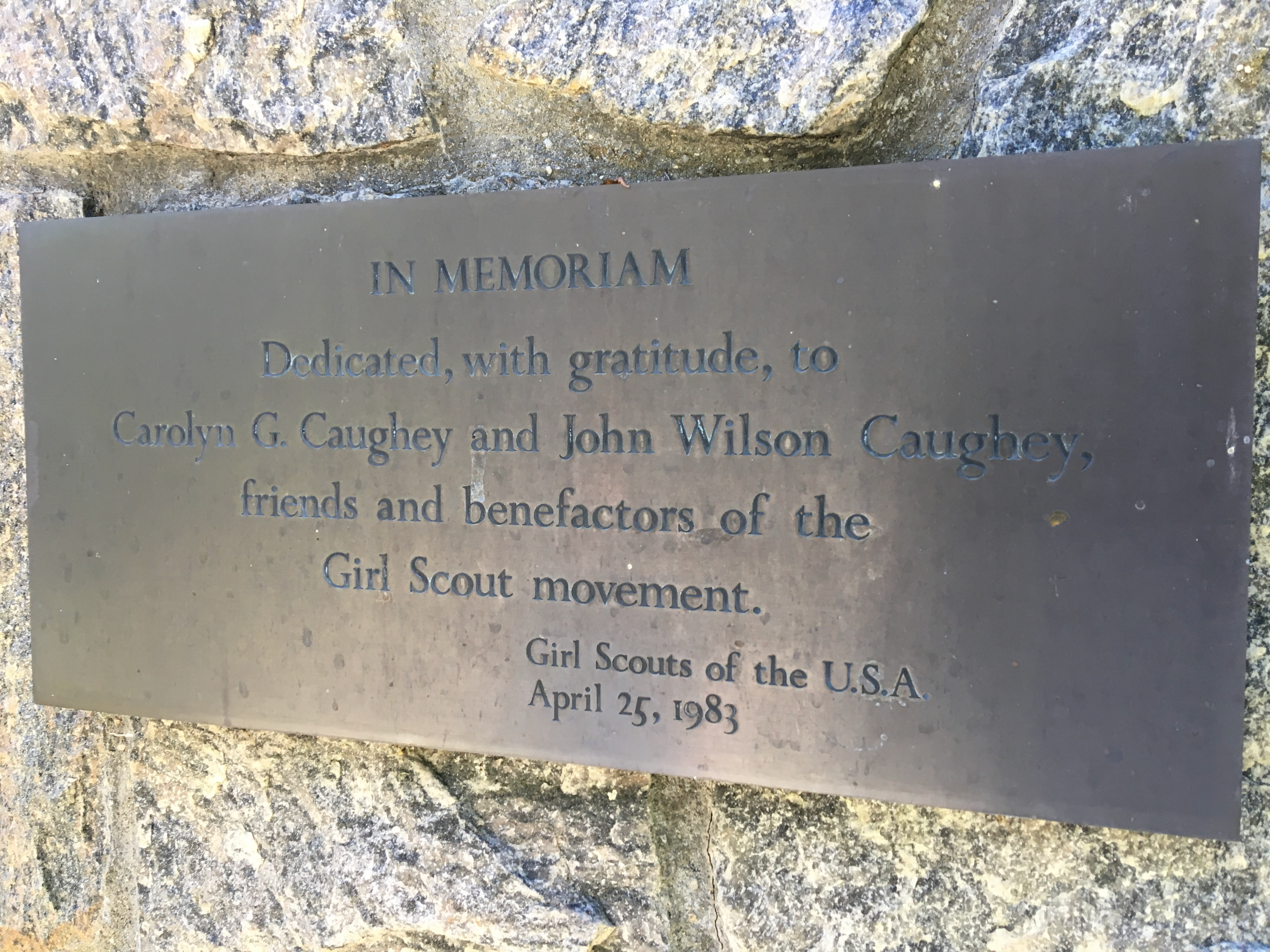Your cart is currently empty!

A Brief History of the Cookie Pin
I don’t understand Girl Scout cookie pins. I know cookie t-shirts, cookie toys, and I have a large collection of cookie patches. I’m even making a cookie patch quilt. But somewhere between my years selling cookies and my daughter’s cookie season, the cookie pin appeared. Why? The first cookie pin debuted in the fall 1998 Girl Scout…
I don’t understand Girl Scout cookie pins.
I know cookie t-shirts, cookie toys, and I have a large collection of cookie patches. I’m even making a cookie patch quilt.
But somewhere between my years selling cookies and my daughter’s cookie season, the cookie pin appeared. Why?
The first cookie pin debuted in the fall 1998 Girl Scout catalog. The requirements are in separate activity guides available from GSUSA.


The pin is a different color each year, but the year is not part of the pin’s design, which guarantees confusion.
In the 2005-2006 guide, then-CEO Kathy Cloninger explains that the cookie pins focus on Girl Scout core values. I can’t complain about that purpose, but it would be nice if those core values were explicitly listed in that guide. (Fortunately they are on the cookie boxes.)
- Goal setting
- Decision making
- Money management
- People skills
- Business ethics
I also think that it’s nice to have a cookie prize available to all Girl Scouts. Each baker has their own annual theme, which means rival slogans and different cute cartoon animals across the country.
But isn’t that what the various cookie badges do?

Three cookie themed badges–Cookies Count (Brownies), Cookie Connection (Juniors), and Cookies and Dough (Cadettes and Seniors)–were introduced in 1997. Why add a repetitive set of ugly pins the next year? How are they different? A second badge for Juniors, Cookie Biz, was introduced in 2004.
Introduced in 2011, the current Girl Scout Leadership Experience (GSLE) program also has two cookie badges per level. They are the soulless silkscreened variety, using words as a lame design effort. The requirements overlap with the cookie pin requirements, and now some councils are offering their own patch programs with similar requirements and names. The badge in the left is for Juniors, on the right is a patch for multiple levels.


Confused yet?
But what I really don’t get is why are cookie pins such expensive pieces of junk? I have gotten higher quality jewelry out of gum ball machines. These pins aren’t worth a quarter, much less $2.
I haven’t actually counted, but it certainly seems like the number one item that parents are trying to replace in the various Facebook Girl Scout groups is a cookie pin. The pin backs snap off within days of putting one on a vest. Perhaps they jump off and flee in embarrassment.
How can a girl possibly earn a cookie trifecta–badge, baker patch, and pin–without double-dipping?* There are just so many ways to practice a sales pitch.
Like I said, I just don’t get the cookie pin program.
And I’m not going to put them on my patch quilt!

*Double dipping = using one activity toward requirements for two awards.
©2017 Ann Robertson
3 responses to “A Brief History of the Cookie Pin”
-
I literally laughed out loud at your description of the current badges as “soulless.” That’s the perfect word to describe them. My heart drops a little each time I see a retired badge, because I think they served as continuity from one generation of GS to another. But I’m getting off topic. Girls can earn a cookie pin if they attend our council’s cookie rally, but I don’t really see the point either.
-
Every time I read one of your write ups you seem to capture what I think and always pleasant
reading. I know Girl Scouts want our girls to sell, sell, sell…but I agree when the badges were introduced the pins should have gone away AND just what are we teaching todays girls with double dipping. -
[…] sufficient recognition for the venerable product sale, Girl Scouts of all ages could earn a cookie pin. The program ran from 1998 through 2019, when the current Cookie Entrepreneur program launched. So […]




Leave a Reply